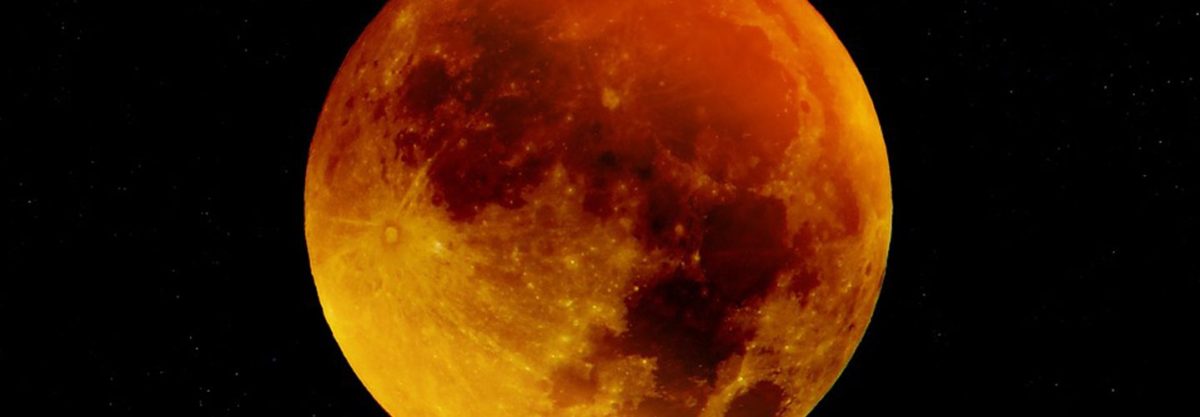It’s only been six months since the last occurrence, but toward the end of January we’re in for a treat as the next blood moon lunar eclipse is set to take place.
“During a lunar eclipse, a full moon’s bright facade will change,” notes Space.com. “As the moon enters Earth’s shadow, all of the moon (or a section of it in the case of a partial eclipse) will turn a rusty color. Sunlight scatters to produce the red colors of sunset and sunrise when it enters Earth’s atmosphere at a particular angle.”
Those red colors are what inspired the name “super blood moon” or “blood moon.” A lunar eclipse is displaying all of the colors of Earth’s sunsets and rises reaching the moon. If you were standing on the moon, Earth would appear to have a red ring around it.
The entire event will last 3 hours and 17 minutes. The total lunar eclipse will take up 62 minutes. Folks on the east coast of the United States can watch the event begin on January 20 at 12:16am EST.
All of North and South America can see the entire event, however, in places like Turkey and the Ukraine, folks will only receive a partial view.
If you miss this blood moon, you’ll have to wait until May 2021 to see the next one.
Thanks for reading InsideHook. Sign up for our daily newsletter and be in the know.


















